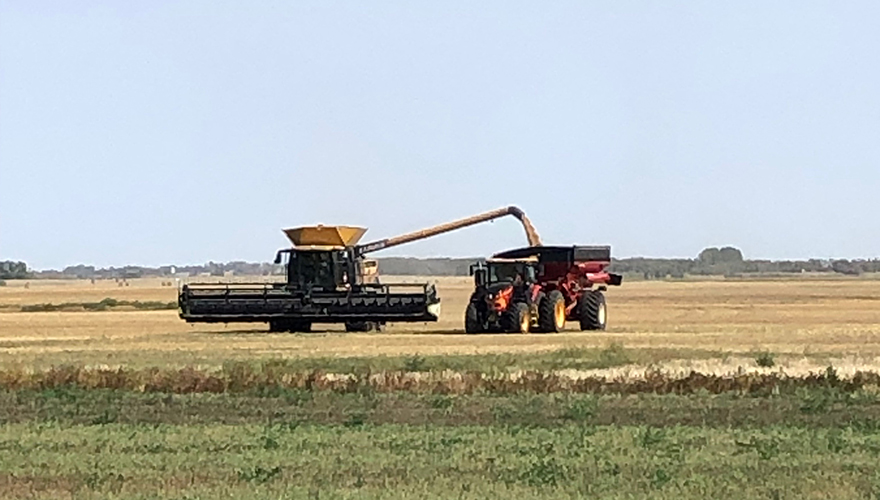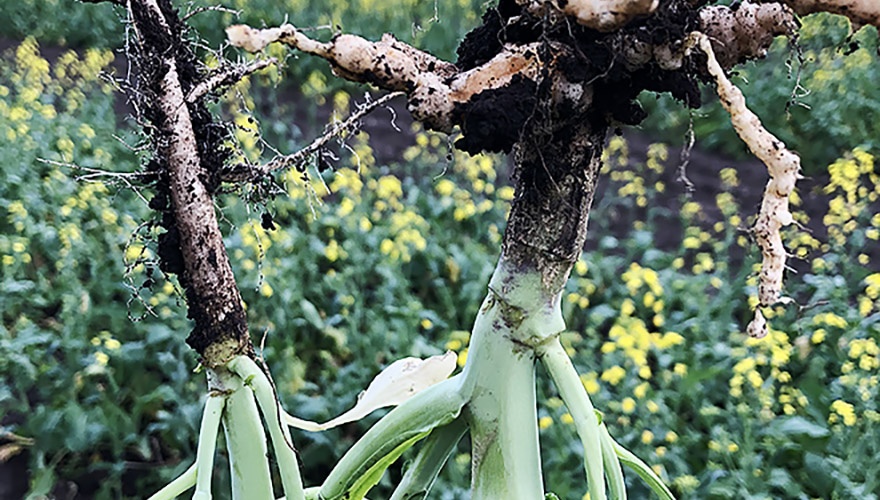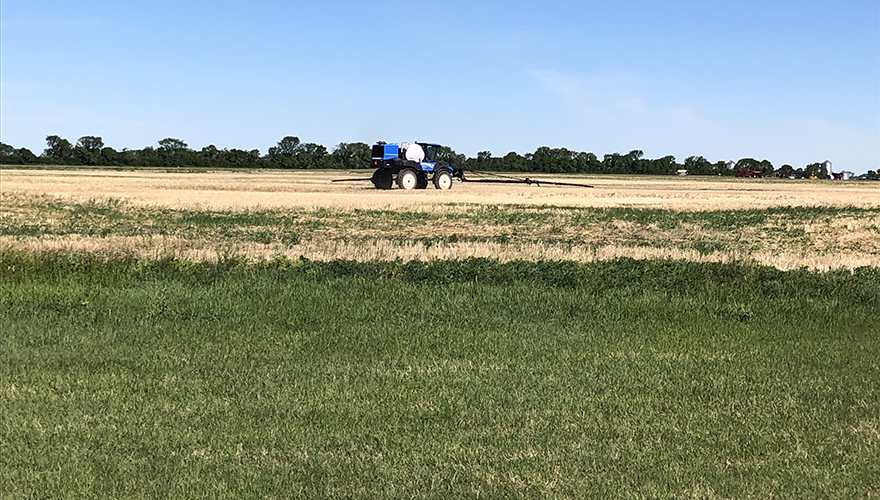Posted August 14, 2019
Getting Most Out Or Your Canola Crop
Swathing was long considered the go-to method for ensuring crop uniformity when it came time to combine, but today more farmers are opting to use chemical control and then straight cutting their canola fields. Here are three reasons why I recommend this approach to farmers.
Reducing Risk
Some growers choose to naturally dry down their canola crop, but in high moisture situations they’re usually the last ones harvesting. I’ve heard stories of farmers trying to combine in November, and in Western Canada, that’s never a good thing.
Having winter close in on you before your crop is off the field is always the danger if you’re not utilizing a desiccant or harvest management aid like glyphosate to speed things along. I find glyphosate works well for non-Roundup Ready® systems like Clearfield® or LibertyLink®, while contact herbicides such as Heat® and Reglone® Ion are probably the best option for Roundup Ready® canola.
Reducing Costs
Not having to rely on a swather for pre-harvest management can simplify things considerably. When spraying replaces swathing, it’s a much faster operation —and one less piece of farm equipment growers need to purchase and maintain.
One farmer I know grows both canola and malt barley. He sold his swather many years ago, so I was curious how he got his malt barley to dry down since chemical harvest aids aren’t permitted on that crop. He told me with the money he saved by not having a swather, he was able to buy a new grain drying system that allows him to harvest malt barley with a higher moisture content.
Maximizing Yield
Farmers are constantly looking for ways to boost their yields. Straight cutting canola fields allows the crop to mature a little longer —usually resulting in more seed or larger seed sizes that can provide that extra bit of yield.
New canola hybrids with pod shatter reduction traits are making straight cutting an even more appealing practice. These hybrids are not only more resistant to shattering during harvest, they can also handle a lot more abuse from the weather before shattering occurs. This can provide growers who choose not to go the swath and combine route with more comfort in leaving their canola crop to stand longer in the field.
FEATURED LINKS
NEWSLETTER
Want to stay caught up in all things agriculture? Sign up for the newsletter and get all the latest news straight to your inbox.
Post Harvest Herbicide Applications
Posted September 10, 2019





